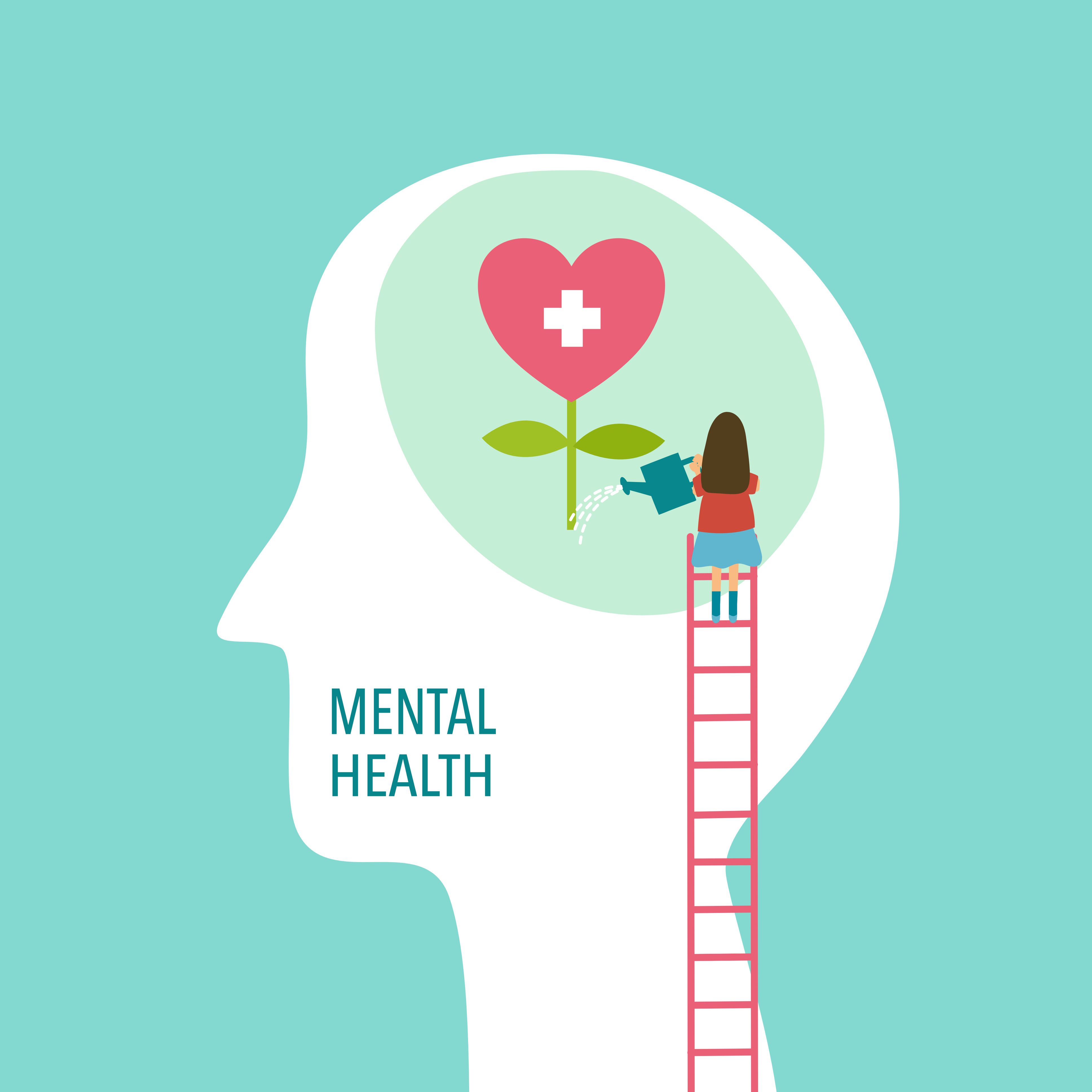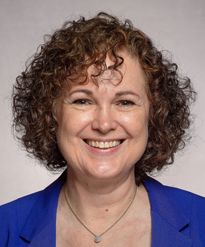Article
Integrated care could improve outcomes for patients while reducing burnout for physicians
Author(s):
Collaboration can add to professional fulfillment in family medicine, mental health.

Integrated care that improves patient outcomes also can be a solution for burnout for physicians and their support staff.
Chantal M. Brazeau, MD
Rutgers University

Noa'a Shimoni, MD, MPH
Rutgers University

The Primary Care Development Corp. hosted “Mitigating Burnout through Integrated Healthcare: Our Present State and Ideas to Enhance Professional Well-Being,” a webinar to explain a model of collaborative care at Rutgers University.
Chantal M. Brazeau, MD, chief wellness officer of Rutgers’ Biomedical and Health Sciences, and Noa’a Shimoni, MD, MPH, Rutgers University associate vice president for student health and wellness, discussed the program. Both are family physicians and Brazeau is board certified in psychiatry.
Professional fulfillment, built on system values, system infrastructure, and individual skills, along with a sense of community, can counteract feelings of burnout. While individual skills and resilience are important, Brazeau and Shimoni cited U.S. Surgeon General Vivek Murthy’s summary: “Burnout is not a me problem, but a we problem.”
“Professional well-being should be viewed broadly, and improved by giving attention to culture and systems of care,” they said. “Collaborative care models offer opportunities for collegiality and meaningful collaborations that build community and grow professional fulfillment.”
A model of care
With support of the Jed Foundation, the Rutgers University-New Brunswick campus is developing systems, programs, and policies to build upon existing student mental health, substance abuse, and suicide prevention efforts.
The program offers students one telephone number to call for appointments, options for telehealth and in-person visits, and extended evening hours. The availability through one telephone number reduces the stigma for students who said they would not judge their peers for seeking help, but who fear judgment from others if they reach out themselves.
A team made up of a primary care physician, psychiatrist, and therapist integrates medical and mental health care for them. The collaboration also contributes to the professional well-being of the providers, they said.
Burnout getting worse
The physicians cited studies showing the effects of physician and staff burnout, and a table that describes levels of cooperation among the physicians and health care providers.
The effects of burnout include:
- Reduced empathy for patients and colleagues
- Increased post-discharge recovery times for patients
- Increased errors
- Riskier prescribing
- Unsolicited patient complaints
- Greater turnover that disrupts patient care and affects the remaining team
The COVID-19 pandemic piled on threats, lack of control, uncertainty, morally complex decision-making isolation, anxiety, and depression to factors that made burnout an even greater problem.
As for joint efforts in patient care, the physicians cited the “Six Levels of Collaboration/Integration (Core Descriptions),” an identification chart created by the Center of Excellence for Integrated Health Solutions, operated by the nonprofit National Council for Mental Wellbeing and funded by the U.S. Substance Abuse and Mental Health Services Administration.
The Six Levels chart offers descriptions of collaboration/integration for primary care, behavioral health, and other health care providers. Coordinated care may involve minimal or basic collaboration. Co-located care puts them physically close in the same facility, while integrated care involves practice changes with close or full collaboration.
Getting started
Brazeau and Shimoni spoke about potential actions that physicians, administrators, and health care leaders could integrate into their own practices and organizations.
- Encourage leadership to embrace the quadruple aim in health care.
For years physicians had the triple aim of patient care, population health, and quality and efficiency. That needs to become a quadruple aim by adding provider well-being.
- Measure your levels of professional well-being and burnout among health care team members to know where you’re starting.
- Surveys are not the only way to get information.
Brazeau described “pebbles in the shoe” meetings, an analogy to describe workplace equivalents of “little pebbles in the shoe … that seem small but really hurt by the end of the day.”
“So what are the little things that are happening in our environment that are really, really dragging us down at the end of the day?” Brazeau said. Then, prioritize the problems, discuss solutions, and put them in place.
- Not all solutions require broad, institutional changes.
Brazeau used examples such as moving the location of an office printer, changing registration steps to become quicker, or instituting huddles at the beginning of the day.
- Address larger problems.
Those conversations are bound to identify larger problems that are best handled at an organizational level. Physicians’ practices, hospitals, and health care organizations need a process to bring those up to leadership.
- Have structured opportunities for collegiality and community.
Physicians and health care workers are surrounded by people, but that doesn’t mean they can’t be lonely at work, Brazeau said. Gatherings can include time for people to talk about different issues, including traumatic or difficult situations that happened in the COVID-19 pandemic or beyond.
- Just start a relationship.
Primary care providers and behavioral health specialists could reach out and agree to refer patients to each other. With patient consent, they can talk regularly, maybe just once a month.
“And I want to do that with the understanding that we’re going to collaborate on their care,” Shimoni said. “We’ll have the consent, we’ll talk about those with patients, and we’re going to be an internal support group for each other.”
That is a way for physicians to get on the Six Levels of Collaboration/Integration chart. “It’s all meaningful and then it’s better for your patient, for sure, and it’s better for you,” Shimoni said.





